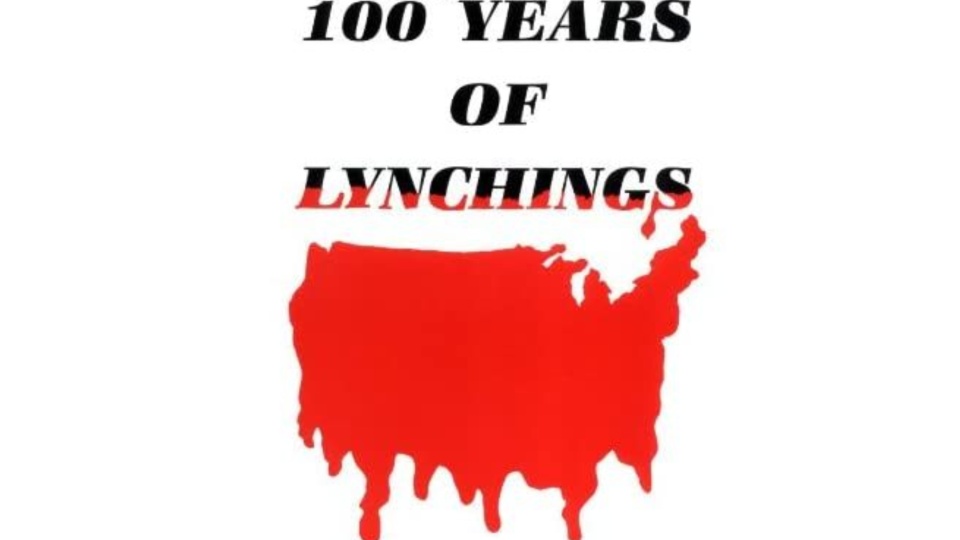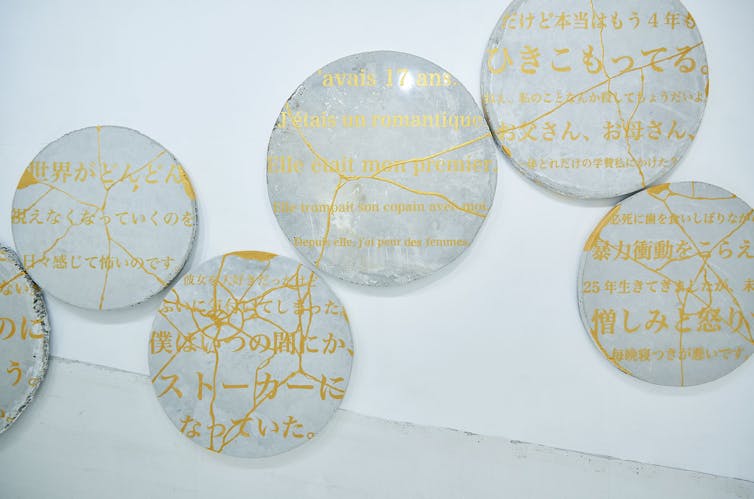The white pines of New England may have done more than any leaf of tea to kick off the American Revolution.
Though the image of incensed colonists dumping tea into Boston Harbor in the period leading up to the American Revolution is iconic, a different kind of uprising may have more directly led to war against the Crown.
Soon after British ships landed in North America in the sixteenth century, it became clear that this new world had a prized item in abundance: wood. The British Empire ruled by sea, and it required large tree trunks for the masts of its tall ships. Having mostly denuded the once expansive forests of the British Isles, Britain and other European powers including Spain and France had looked east, sourcing mast wood from the Baltics. But by the early seventeenth century, high-quality timber in that region was diminishing too, as the Baltic forests had been depleted and reforestation policies were wanting at best.
In New England, however, the British found more than a replacement for what they’d exploited elsewhere. Everywhere the colonists looked, they saw trees taller and thicker than any they had known back in England. Almost immediately, they recognized the value of one species in particular, the Eastern white pine.
Known to Western science as Pinus strobus, the white pine covered the coasts from what is now Maine down to northern New Jersey. Its strong, straight trunks rose as high as 150 feet. When colonists cut down the first big pines in New England, it became apparent that nearly everything they needed most in this new land, the pine provided. Strong and durable, the tree was generally resistant to rot and waterlogging, and was largely unsullied by knots or deformities. Its wood was the perfect material for building ship masts, but also house frames, roof shingles, and more.
“No man ever cut down a pine, and lived to see the stump rotten,” went an early colonial saying.
The white pine had been treasured long before the colonists arrived. It had practical uses for the Indigenous communities of what would become New England, but it also served as an important symbol. The Haudenosaunee, also known as the Iroquois Confederacy, is made up of six groups with ancestral tribal lands primarily covering a large swath of present-day New York state. Their system of government is based on the Kaianere’kó:wa, or the Great Law of Peace. The first Haudenosaunee alliance, then made up of five tribes, convened under a “Tree of Peace,” a tall white pine, and each of the allied nations buried weapons at its base in a symbolic gesture of unity.
https://daily.jstor.org/tree-of-peace-spark-of-war/













